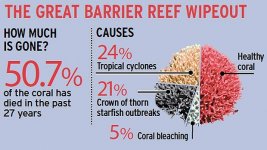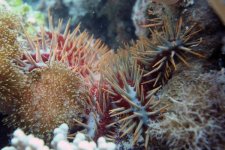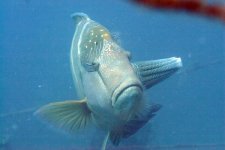My two cents:
Perhaps mass mortality is more a problem of aquaculture and stock selection (did they do that in France?). Since most pearl farms probably use wild or still genetically diverse stock, they may not see this as a problem yet.
I do not know if France could be used as a good example for aquaculture, pisciculture is bound nationwide to respect stringent water control yet they are victims of the highly charged effluents from overly cultured fields (corn being one of the worst due to the insecticides), as well as nitrate filled water from industrial piggeries. You can see the major blooms during summer where the rivers meet the ocean.
Ostreiculture is closely following this path as being invaded with various problems ranging from anoxic crisis, benthic mortality, contamination with faecal bacteria, plankton death, nitrification…
Again I am no specialist in this field. But feedback from French producers is quite alarming.
I thought Japanese pearl farms have had mass mortality or mass infection problems in the past?
There were several occurrences of mortality reported and studied.
Japan, Ehime prefecture 1994, possible cause, low level of glycogen in diatoms, feeding allowed but growth hampered.
Japan, Ehime prefecture 1996, possible cause infectious disease in the circulatory organs.
Japan, nationwide 1997, 50% of the biomass died, the remaining 50% produced lower quality pearls than previous years. Possible cause glycolysis (akoya-virus).
Japan, Okinawa 2002, possible cause environmental stress on spat stage due to pathogen (not specified).
But also
India, Pambau area, 1978, possible cause anoxic conditions due to bloom of Trichodesmium thiebautii.
India, Tuticorin area1989, possible cause unknown, 80% of the spat died within a month.
Australia, Dampier 1996, possible cause inability to properly feed due to bloom of Trichodesmium erythraeum (dilatation of digestive glands).
Australia, Exmouth gulf 2006, possible cause mantle lysis yet no infectious agent identified.
Pathogens are not always the main cause of mortality, viral infection while being responsible of some wide scale mortality isn’t the only concern to pearl farmer.
This said I do not know if all occurrences are reported to the academic community (for research purpose). There might be other cases that we are not aware of, maybe someone more informed could add information on this.




